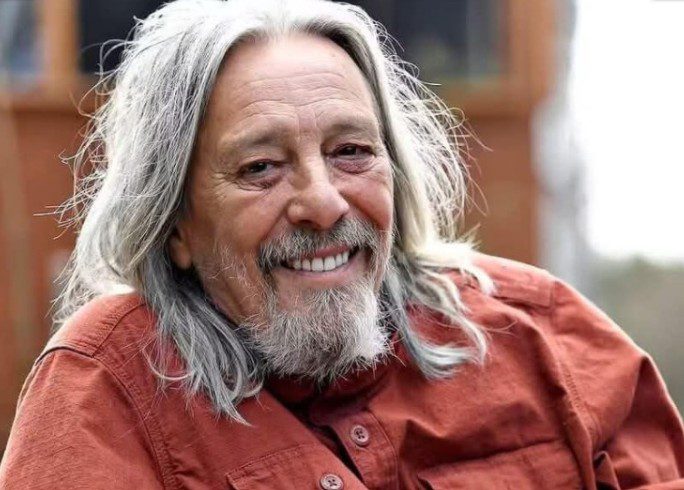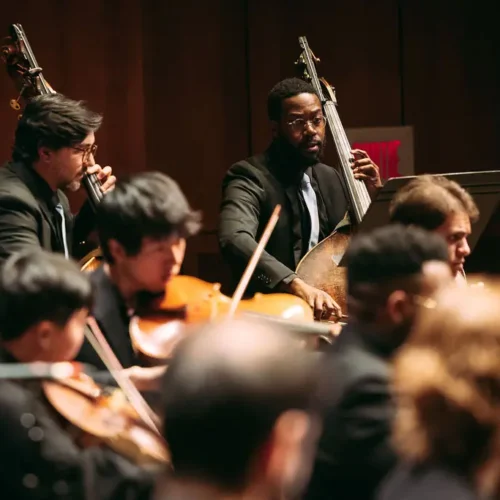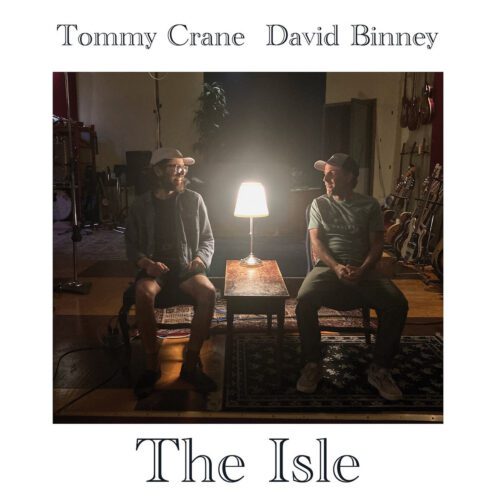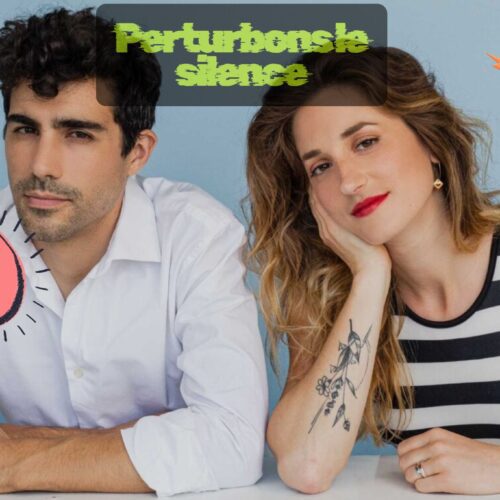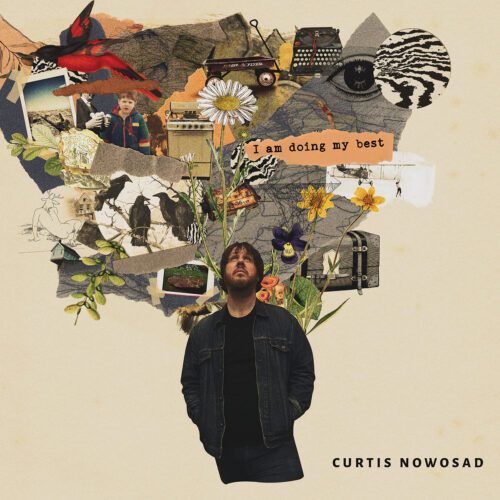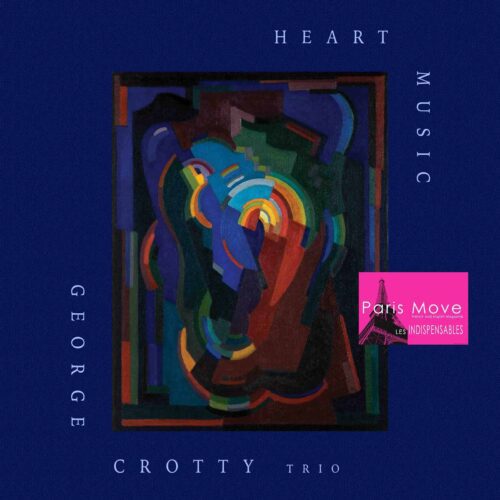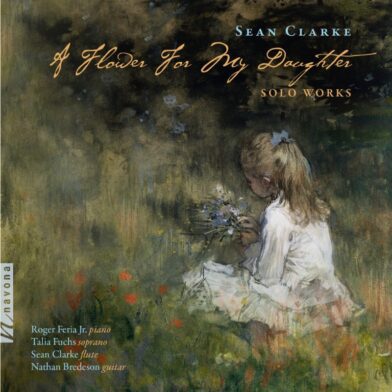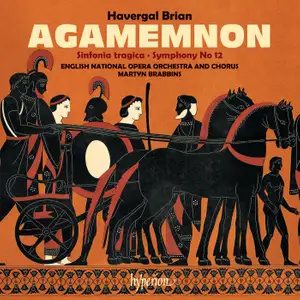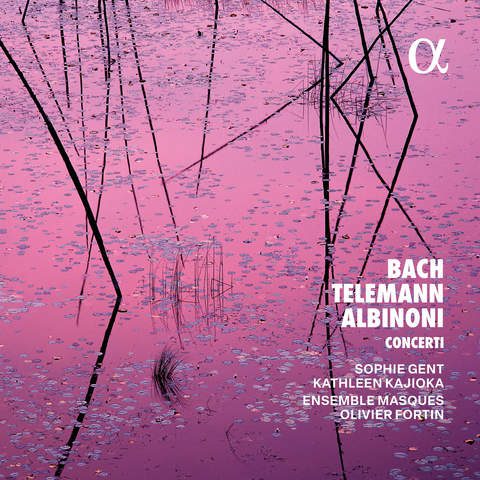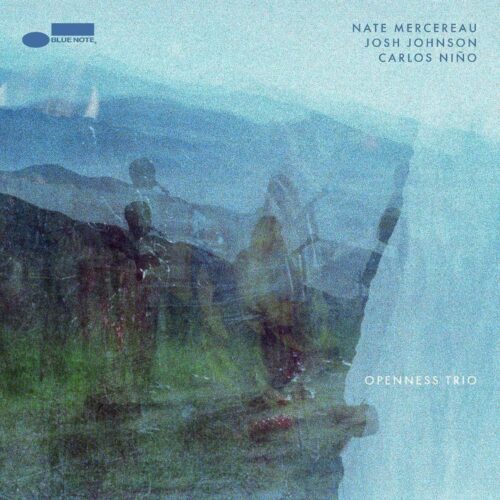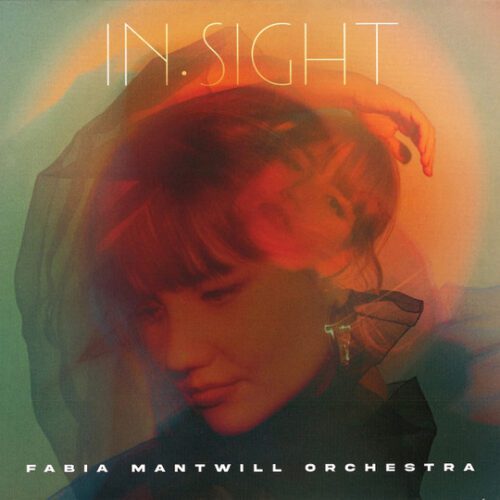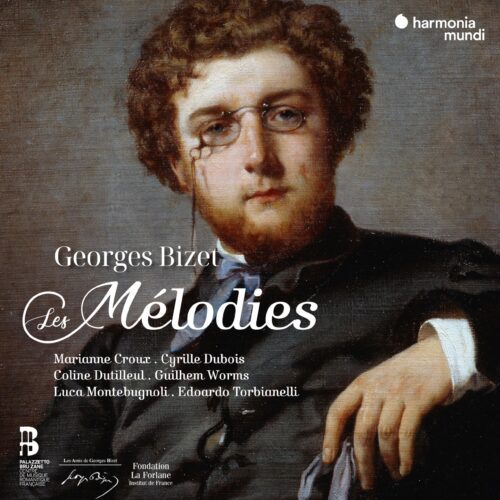The discography of Serge Fiori, who disappeared into the cosmos this Quebec National Holiday, is not voluminous. Yet the Harmonium frontman’s qualitative imprint on our collective imagination is undoubtedly inversely proportional to his quantitative slimness.
Even in shock, we watch him.
Harmonium includes 3 studio albums released in 1974 (homonym), 1975 (Si on avait besoin d’une cinquième saison) and 1976 (L’Heptade). There was the dream tandem Fiori-Séguin in 1978 (200 Nuits à l’heure) and…there was this withdrawal from public life for most of his life, except for a few jolts like the homonymous album Steely Danesque, released in 1986.
Early in his life, Fiori struggled with fragile mental health, overwhelmed by the tides of anxiety. He was plagued by self-doubt, unable to cope with the pressure of too-quickly-acquired fame, “his heart not big enough for all the love” he was given. Long holed up in his home in Vieux Longueuil, which he had since left to settle in Saint-Henri-de-Taillon on Lac Saint-Jean, Serge Fiori had joined the transhumance of “everyone who had something to say”…
But hey, he did studio work, soundtracks, directing, meditation… Nothing exceptional, until his unexpected resurgence in 2014, a solo album crafted with the same old patte, with few aesthetic alterations. It was a mass success keb, a mass rehabilitation, a brightening of existence.
Then came the symphonic complements, Harmonium classics and inspirations by painter Jean-Paul Riopelle, arranged by Simon Leclerc and Blair Thomson respectively.
Few recordings created in a lifetime, and … yet Serge Fiori is still the object of a cult today magnified by his own death.
Why is that?
Because Fiori was the most gifted composer of his generation, when it came to chanson keb. Not the best lyricist, but the most talented composer, an exceptional melodist and harmonically superior. His colleagues came from folk, trad, folk rock and pop. He came from jazz and modern classical music, as well as psychedelia and progressive rock. Let’s not forget that his father Georges was a very good musician in the 50s and 60s, leader of a jazz-variety big band well-versed in Italian weddings, dance halls and other corporate festivities. Serge had fallen into the cooking pot, as you may have gathered…
I remember spending an afternoon with Fiori’s father and son at Serge’s house, discussing music, filial and paternal love. Very touching! I remember other fascinating discussions at his home, where we exchanged our favorite jazz and other modern music, and loved to identify our favorite musicians of the moment. Serge Fiori was a true connoisseur of music, as well as a delightful interlocutor… in addition to remaining the musician above the fray that he still was in spite of everything.
Even before he was in his twenties, he was a cut above other songwriters in French-speaking America. I was a senior in high school when the namesake was released. Big shock at the student café! The trio was folk in appearance, but we soon realized that the guitar chords, vocal harmonies and stylistic references were richer, well above average. Harmonium gradually became orchestral and… without question, the most musically evolved group in 70s keb song.
Fiori and Harmonium had perfected an unprecedented, world-renowned blend: a symbiosis of folk, folk-rock, progressive rock, jazz fusion and classically inspired chamber pop – with the support of arranger Neil Chotem, remember! These songs sometimes carried esoteric themes, a tad pompous, gurusque and mystical-sounding, we agree… But the music more than made up for it.
For a long time, I felt sorry for Serge Fiori’s mental health, his mal de vivre, his fragility, his inability to produce at the height of his talent. His lack of courage? When, later in life, I became more capable of empathy, my perception changed. Each of us has his or her own capacities, each of us experiences accidents differently from the inside, each of us has a singular trajectory. All that remains is the beauty. From Serge Fiori, there’s plenty left.
